Ashish Joshi1, Harpreet Kaur2, Aishwarya Rohatgi2, Shikha Upadhyay2
1CUNY Graduate School of Public Health and Health Policy, New York, USA
2 Foundation of Healthcare Technologies Society, New Delhi, India
Digital health technologies can provide powerful tools for public health officials and the public in the management of the COVID-19 response by helping public health officials reach and communicate with a vast number of people more quickly, efficiently, and effectively. Digital health solutions may help people document the presence or absence of commonly understood symptoms such as fever and shortness of breath in themselves or in others with whom they have had close contact. These solutions may also help people support public health officials’ efforts to retrace locations visited and people with whom they have had close contact.
Need of solutions to address emerging burden of COVID-19 ranging from public health surveillance, syndromic testing, contact tracing, disseminating information from verified and trusted sources, providing helpline support and telehealth services. These addressed by digital health interventions/solutions such as apps, online dashboards, trackers, WhatsApp support groups, helplines, social media handles, Website platforms and other e-health or m-health resources. Many countries around the world leveraging digital health solutions and the progress made in this sector has led to tackling COVID 19 crisis E.g. digital surveillance networks enables near real-time contact tracing to quickly identify and manage outbreaks at the local level, predict medical resource needs to preemptively allocate them accordingly, and measure adherence to national emergency directives and policies.
Smartphones used as a medium to track geo-location data, which provides opportunity to identify transmission of COVID-19 efficiently, timely and effectively, reducing the large dependence on human resources, eliminating the chances of error and easing the investment of financial capital on contact tracing alone.
Digital surveillance tools leveraged for basic epidemiological research to better estimate disease incidence and prevalence, characterize transmission rates and patterns, and refine disease models in outbreaks of the future.
Digital health technology also helped manage the pandemic by providing an early signal to potential infection by implementing syndromic digital testing, preemptive screening and remote monitoring. The COVID pandemic has also catalyzed wide scale adoption of digital biomarkers in generating epidemiological surveillance data (e.g., proximal encounters with infected patients) that relay information at scale. These biomarkers provide speed, continuity, and cost benefits that instrument-and-reagent solutions cannot accomplish, providing improved overall diagnostic value. This is sure to translate into more digital diagnostic solutions as we move ahead changing the face of public health vigilance systems.
Though there are benefits of digital health solutions, there are also varied caveats in this method of contact tracing. One of the most important of them is the perceived risk of breach of people’s privacy as their personal data about the location and movements exposed to agencies and regulatory bodies. These perceptions have invoked distrust and non-compliance to download such applications. There is no denying that the unprecedented demand for digital health technology solutions has revealed successful solutions, research and development and regulatory and legislative guidance for data protection are some challenging areas to tackle. Sustainability, patient privacy, obtaining patient consent for collecting and using the sensitive data, need consideration.
Therefore, an appropriate balance between innovation and safety is the need of the hour. The other aspect needing discussion is the accessibility to these digitals health solutions (e.g. contact tracing apps) especially in the middle-income countries with predominantly rural areas either do not possess a smartphone, laptop or do not have access to the internet. Individuals living in these settings might not have education, not able to read or write, belong to economically weaker sections and are not technologically literate in operating such apps with comfort. This voluntary adoption might affect effective reach and usage, and pose a great barrier to the success of digitally driven solutions amidst the pandemic situation.
Predicting and modelling outbreaks, mapping citizens through community driven vigilance and digital tracing systems, developing a digital infrastructure, disseminating authentic information and alerts, engineering capabilities to face and fight the pandemic alleviating its spread and supporting health systems are some of the prompt and assertive responses in terms of using the capacities and potential of digital tool.
However, these applications on the other hand cannot make up for shortages of effective treatment, personal protective equipment, rapid testing, individual privacy, civil liberties and availability, accessibility and affordability of these solutions among other challenges. Therefore, as we envisage a roadmap for a better future we must acknowledge new era of digital infrastructure development in combating health problems as humongous as pandemics all over the world. Eventually these resources and evidences across all digital health platforms will provide real-time data about travel patterns that spread disease and longitudinal alterations in populations at risk, which until recently have been very difficult to quantify on schedules related to a fast-moving pandemic. In the last 17 years since the SARS epidemic of 2003, with an exponential rise in mobility and growing global connectivity, this information through AI or internet of things will be critical to planning surveillance, epidemic forecasting and containment strategies for the future and ramp up pandemic preparedness.
Technology definitely has the power to amplify society’s efforts to tackle complex problems, and this pandemic has already inspired many of the best and brightest to employ and integrate digital health into the public health response efforts globally. So, as we continue to run the marathon of COVID-19, we must ensure that the digital health solutions become a magic talisman for one and all irrespective of who they are and where they belong.
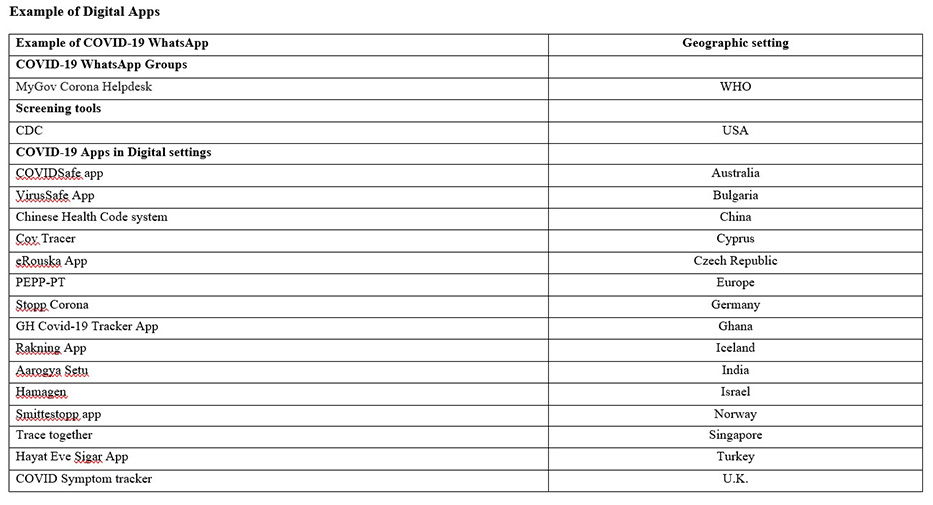
References
- https://www.decibio.com/2020/04/14/digital-contact-tracing-2020-4-14
- https://www.weforum.org/agenda/2020/04/digital-infrastructure-public-health-crisis-covid-19
- https://www.europarl.europa.eu/news/en/headlines/society/20200429STO78174/covid-19-tracing-apps-ensuring-privacy-and-data-protect
- https://www.eff.org/deeplinks/2020/04/challenge-proximity-apps-covid-19-contact-tracing

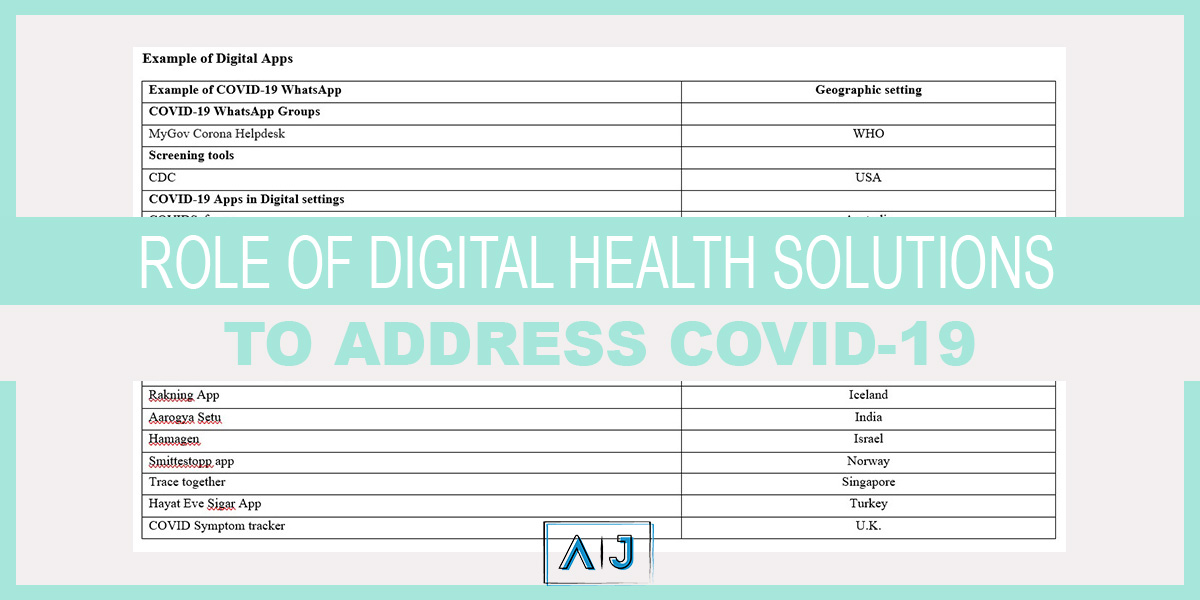







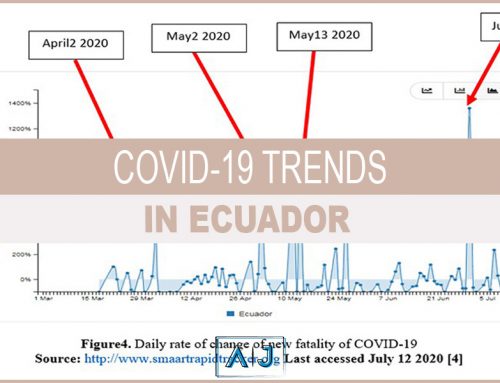
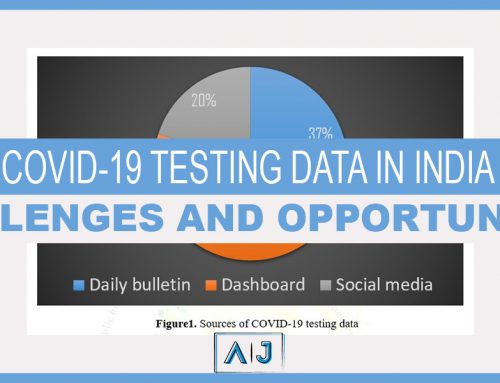
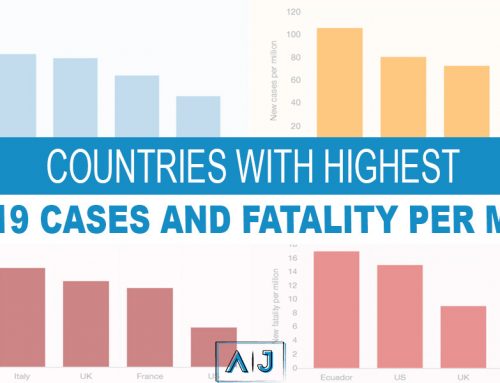
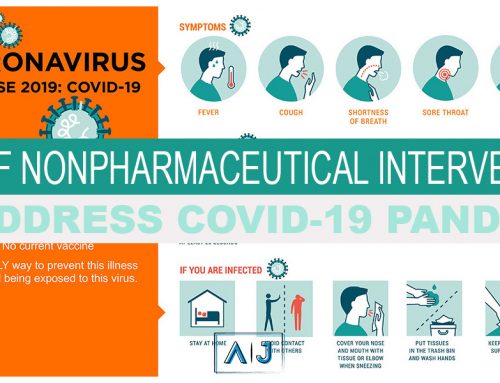
Leave A Comment